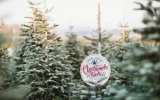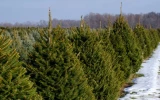How Many Christmas Trees Can You Plant per Acre?
Can you maximize the number of Christmas trees you can grow per acre of land? Yes, you can. However, there is an allowable number of trees that an acre can hold, and it largely depends on the spacing between trees and the variety you choose to grow.
Generally, you can expect to plant 1,200 to 1,500 Christmas trees per acre. This can vary depending on tree species, planting density, and spacing. Planting with a spacing of 5x5 feet can accommodate 1,740 trees per acre, while a spacing of 6x6 can accommodate 1,210 trees per acre.
The number of trees that you can plant on an acre will also depend on the location of your farm and the type of soil in which the trees are grown. Let's see how these factors influence tree density, so you can select the most suitable location to get your farm started.
Learning how many Christmas trees you can plant per acre is an essential detail when planning to start a profitable Christmas tree farm from scratch.
Summary
- You can plant 1,200–1,500 individual Christmas trees per acre on average.
- The number of trees you can plant on an acre will depend largely on the spacing in your plantation. If you are planting with a spacing of 6 x 6 feet, which is the most common one, you can expect to plant 1,210 trees per acre of land.
- The density of trees per acre is influenced by factors such as the location of the farm, the type of soil the farm has, and the species of Christmas trees being grown.
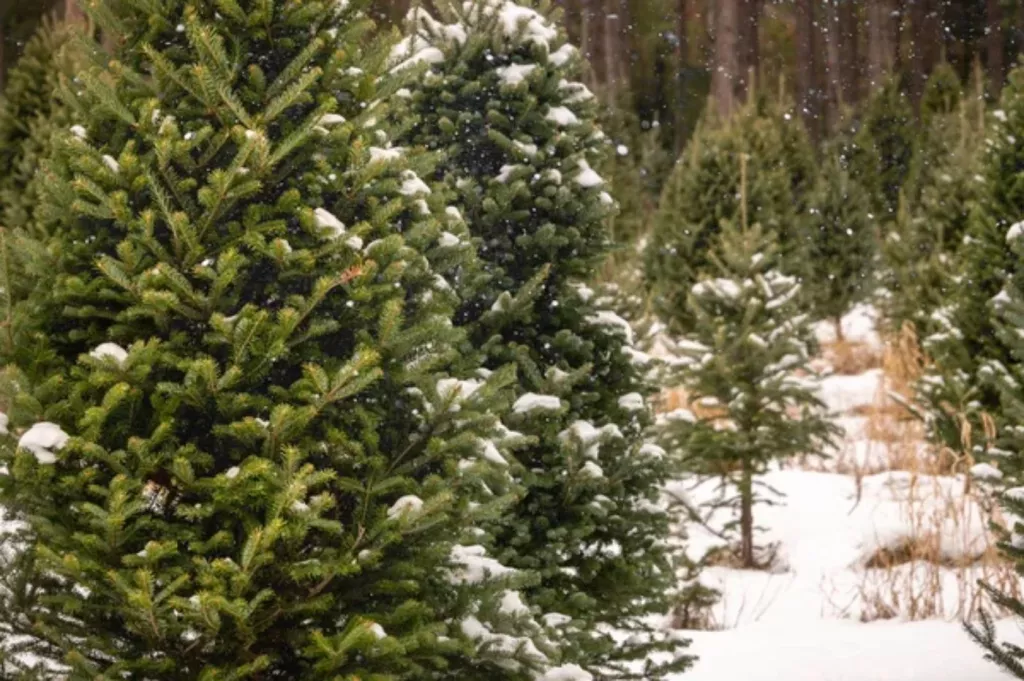
On this page:
You Can Plant 1,200 Christmas Trees per Acre
When planning your Christmas tree farm, you may first want to determine the appropriate number of trees you can plant per acre. This will help maximize your profits and ensure a healthy environment for your trees to grow. Factors such as land type, location, and tree species will play a part in this decision.
Optimal tree density and spacing between trees
Generally, you can plant around 1,200 to 1,500 Christmas trees per acre, but this will vary depending on the plant spacing.
You will need to provide proper spacing so your trees can have enough sunlight, water, and room to grow. To calculate the optimal spacing for your tree plantation, you may use a Tree Spacing Calculator to determine the number of trees you can grow while providing them with sufficient resources.
Perhaps, take note that when trees are planted too close together, it reduces air circulation which may lead to the development of disease-causing fungi and bacteria in your tree farm.
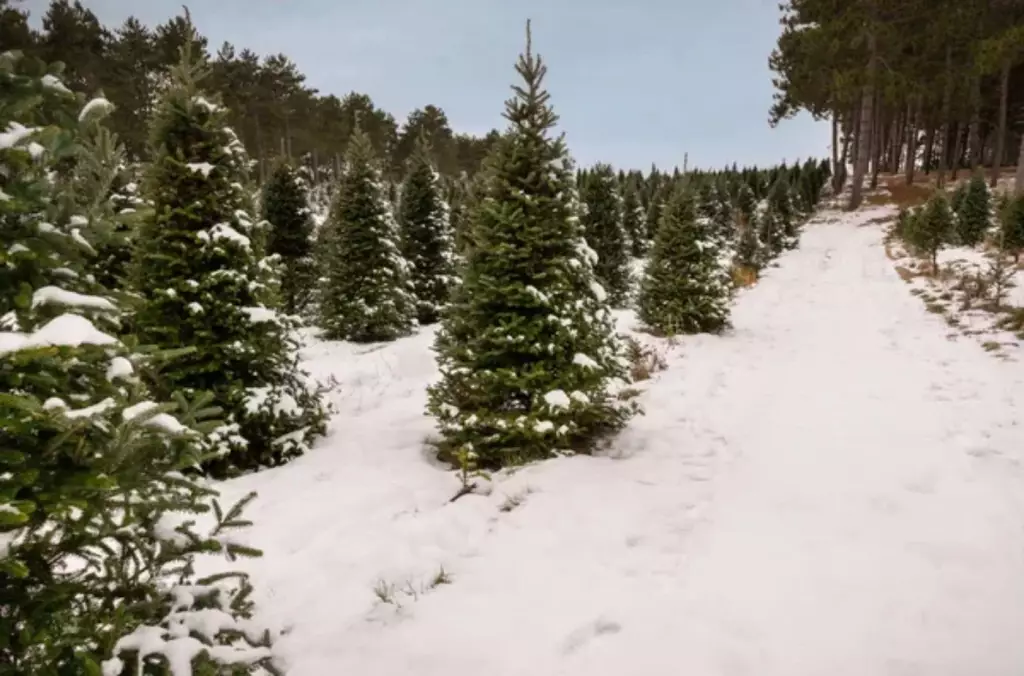
At the same time, jampacking the trees in one space can reduce light exposure to adjacent trees as they can shade their bottom branches. This can potentially impact their growth and produce lower tree quality, which is not appealing to customers.
On the other hand, too much spacing may result in a lower number of trees per acre and decreased profits.
The most common tree spacings range from 6 feet apart to more than 10 feet apart and their corresponding numbers of trees per acre can be found in the table below:
| Spacing (feet) | Trees per Acre |
|---|---|
| 5 x 5 | 1,740 |
| 6 x 6 | 1,210 |
| 8 x 8 | 680 |
| 10 x 10 | 435 |
From the table, you can see that as the spacing between the trees in each row increases, the lesser the number of trees that can be planted in an acre. On the other hand, the lesser the space between the trees, the higher number of trees that you can grow in an acre.
Factors Influencing Tree Density
Site location affects tree density
When choosing the location for your Christmas tree plantation, you may want to consider the climate in your area, since Christmas trees thrive in cooler climates with adequate rainfall.
Make sure you select a site with good drainage, as trees won't grow well in wet or poorly drained soils. Poor soil quality can limit how big your farm can be, and therefore limits the number of trees you can plant.
The soil type affects the number of trees you can plant
Christmas trees generally prefer well-drained, sandy soils with a pH between 5.5 and 6.52. Before planting, you might need to conduct a soil test to check the fertility, pH, and drainage capacity of your soil.
You can then amend your soil as needed based on the test results to ensure optimal growing conditions for your trees.
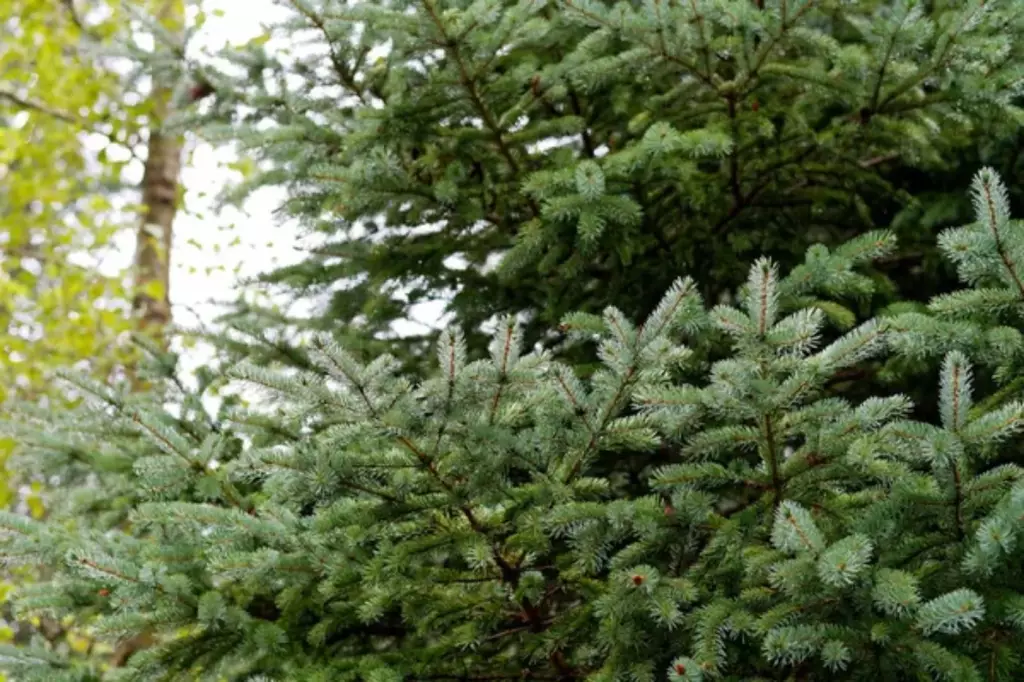
The type of trees grown can be a limiting factor
When planning to plant Christmas trees on your property, you may need to carefully consider the tree species you'll be growing. By selecting the right species, you can balance the growth rate and maturity, along with customer preferences, to optimize your Christmas tree yield.
Each tree species has a unique growth rate, which influences its time to maturity. Perhaps choose a species that matures within an appropriate time frame for your operation to ensure a steady supply of harvest-ready trees for each Christmas season. For instance, some trees, like the pines, can be harvested when they reach 6 - 8 feet tall, which takes about 5 years.
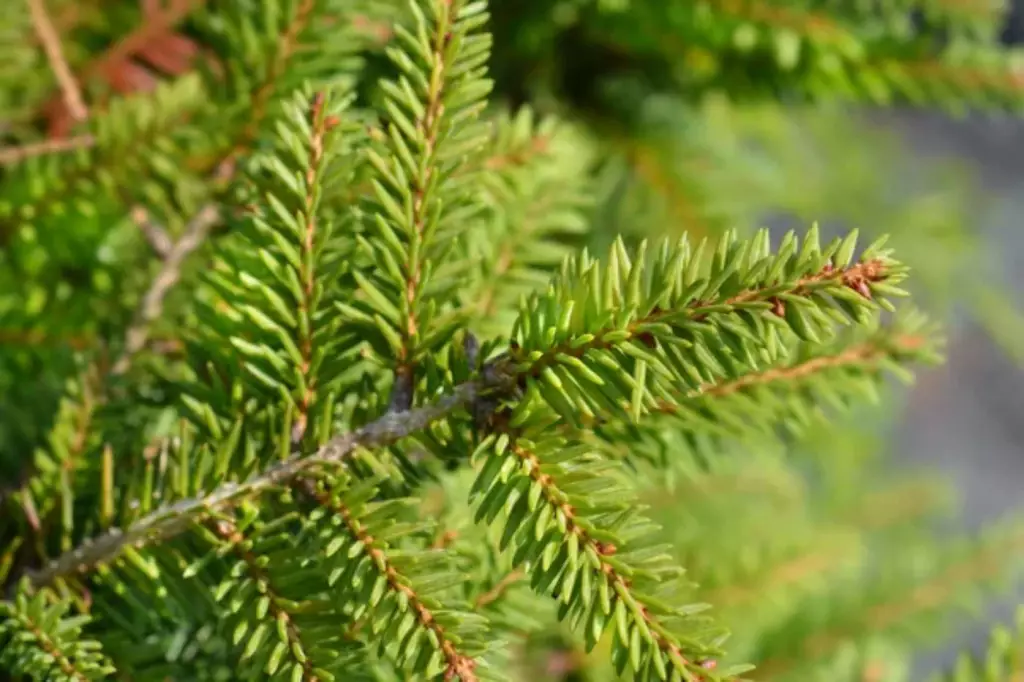
Here are some of the most popular Christmas tree species which you can choose depending on their suitability to your region:
-
Douglas Fir: Known for its soft, blue-green needles and sweet fragrance, the Douglas Fir is a popular choice for many holiday celebrations.
-
Grand Fir: With its dark green, shiny needles on one side and silver-blue on the other, this tree has a unique and striking appearance.
-
Noble Fir: The Noble Fir features an attractive combination of stiff branches and long, deep green needles. This tree is a favorite for its impressive shape and sturdy base.
-
White Pine: Featuring long, soft needles and a pleasant scent, the White Pine tree is an excellent choice for those looking for a more traditional Christmas tree.
-
Norway Spruce: Offering strong branches and a classic pyramid shape, the Norway Spruce is a popular choice for decorating both indoors and outdoors.
Common Mistakes in Planting Christmas Trees
Overplanting has negative consequences on a Christmas tree farm
Overcrowding of trees can lead to competition for resources such as water, nutrients, and sunlight. This can result in stunted growth and poor-quality trees. It can make your tree farm more susceptible to pests and diseases, as the lack of space between trees can make it easier for pests and diseases to spread.
It also makes it more difficult for you to access and care for individual trees, which can result in neglect and poor management practices. Overplanting can also potentially reduce your profits, as the increased number of trees per acre can result in lower prices due to oversupply.
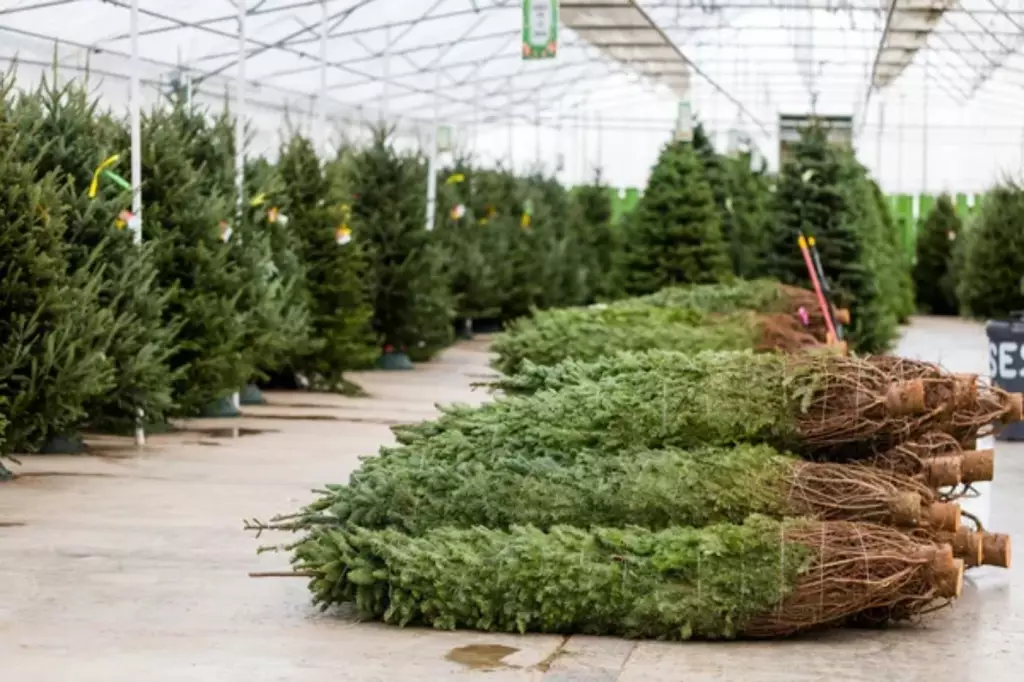
By learning how densely Christmas trees are typically planted on an acre, and how many trees can fit on a truckload, you will be better equipped to estimate how many acres you may need to harvest enough trees to fill an entire truck shipment each season.
Choosing the wrong species of trees can negatively affect your farm
Different tree species have different soil and light requirements, and choosing a species that is not well-suited to the planting site can result in poor growth and survival. Most Christmas tree species require well-drained soil, so they may not thrive in a site with poor drainage, and worse, may lead to root rot and poor tree health.
Similarly, a species that requires full sunlight may not grow well in a site with partial shade, resulting in stunted growth and poor-quality trees.
You might increase your farm's susceptibility to pests and diseases if you choose the wrong species of tree. Some tree species are more resistant to certain pests and diseases than others, and choosing a species that is not resistant to common pests and diseases in the area can result in increased damage and tree loss.
In addition, you could pose a negative environmental impact as some tree species are invasive and can outcompete native plant species, leading to reduced biodiversity and ecological damage.
